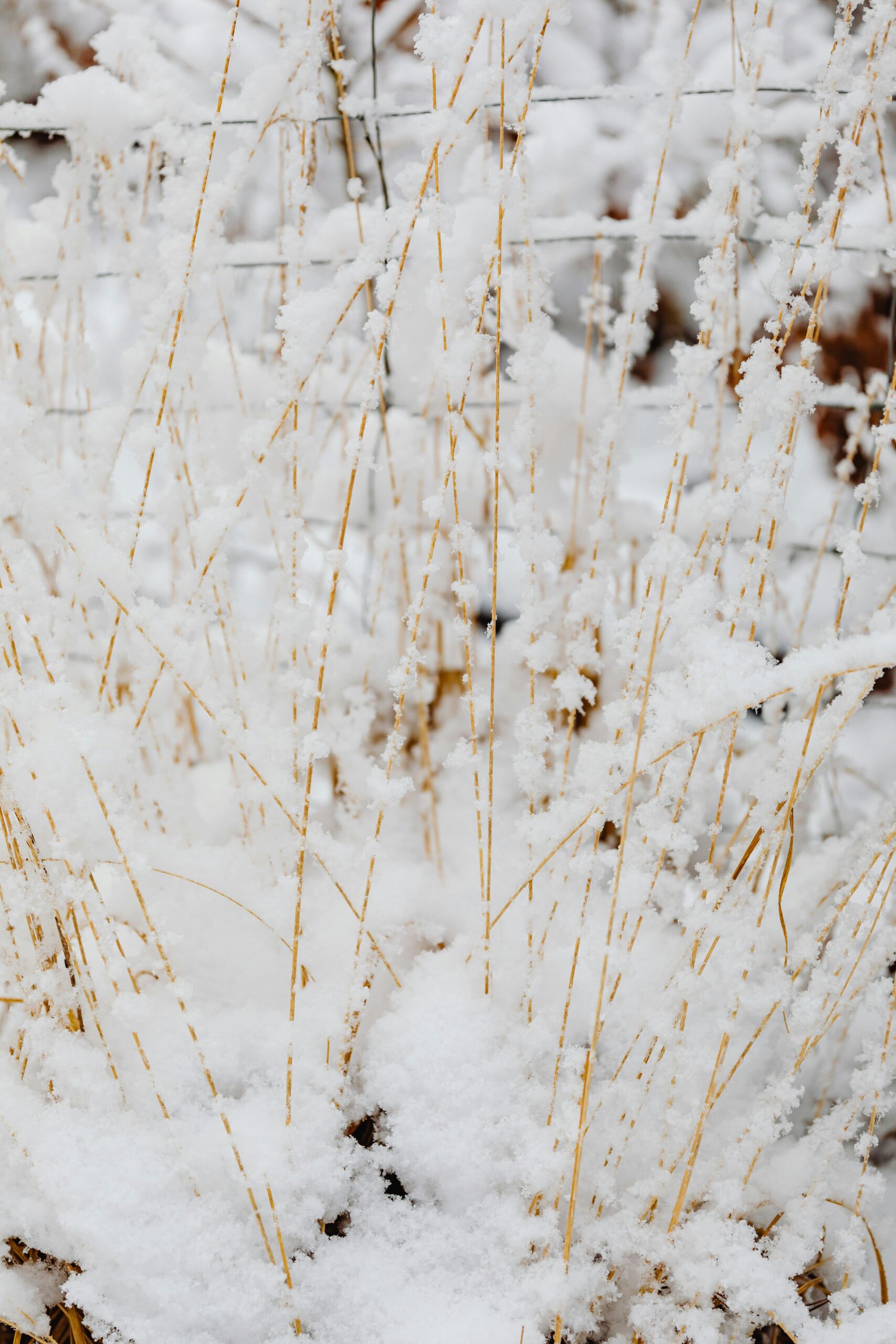menu
What is Yeast Infection or Candida Overgrowth?
February 24, 2025

As an acupuncturist and herbalist, I have seen a number of patients come in with yeast infections, either as a primary concern or a secondary complaint. Some experience active discomfort, such as genital itching and discharge, while others have dealt with recurring symptoms for years, reluctantly accepting them as part of their normal health. This blog post is dedicated to those who are eager to learn more about Candida overgrowth and how to manage it effectively in a holistic way.
What Is the Difference Between a Yeast Infection and Candidiasis?
A yeast infection typically refers to a localized overgrowth of Candida, most commonly in areas like the mouth (oral thrush), vagina (vaginal yeast infection), or skin folds. It causes symptoms like itching, redness, discharge, and discomfort but is usually limited to one area of the body.
Candidiasis, on the other hand, is a broader term that describes an overgrowth of Candida anywhere in the body. It can range from localized infections (like a vaginal yeast infection) to systemic candidiasis, where Candida spreads through the bloodstream, affecting multiple organs and potentially becoming a serious health concern.
A yeast infection and candidiasis are related but not exactly the same.
What Is Candida Overgrowth?
While it is normal to have some Candida present in the body, an overgrowth (also known as candidiasis) can weaken the immune system and overall health, leaving us feeling fatigued, sluggish, and prone to recurring infections, among other health complaints.
A well-functioning digestive system relies on beneficial microorganisms like Lactobacillus acidophilus to support proper nutrient absorption. However, an overgrowth of Candida disrupts this balance, impairing the body’s ability to properly assimilate vital nutrients—nutrients that are essential for energy, focus, and vitality.
As Candida spreads, it gradually weakens the immune system and overall health. The unchecked proliferation of yeast releases toxic by-products that strain immune function, increase sensitivity to food allergens and environmental toxins, and contribute to chronic inflammation.
Common Signs of Excessive Candida Growth:
- Persistent fatigue
- Brain fog
- Chronic vaginitis or prostatitis
- Oral thrush
- Anal itching
- Bloating and digestive disturbances
- Bad breath
- Mucus in the stool
- Frequent colds
- Sugar and yeast cravings
- Recurring fungal infections (e.g., athlete’s foot)
- A generally compromised immune system
Causes of Candida Problems:
- Repeated doses of broad-spectrum antibiotics
- Long-term consumption of sugar, refined carbohydrates, and alcoholic beverages
- Low-level antibiotic exposure from commercial meat, dairy, eggs, and poultry (due to antibiotic use in livestock)
- Oral contraceptive use, which increases the risk of developing candidiasis
- Chronic anxiety and worry, which contribute to dampness and excess moisture in the body (Traditional Chinese Medicine perspective)
Healing Candida with Diet and Lifestyle
Healing candidiasis through diet alone is possible but requires patience and consistent eating habits. I find that visualizing a treatment plan with goal setting and checkpoints can be extremely helpful when addressing any personal health goal.
It’s important to remember that treatment should be personalized—what works for one person may not work for another. That’s why working closely with a qualified practitioner is essential to avoid doing more harm than good. For example, vaginal discharge can manifest as clear/watery or thick/yellow/green—and herbal recommendations will be adjusted accordingly. This is the beauty of holistic treatment in Traditional Chinese Medicine (TCM).
I recommend being conservative when it comes to using antifungal drugs unless symptoms are severe—especially in cases of advanced systemic candidiasis. For milder cases, a Candida diet (low-carb, low-sugar), along with kelp, garlic, and/or herbal treatments, should be considered as part of a holistic approach.
Read my other post for dietary guidelines and tips on how to combat Candida overgrowth.